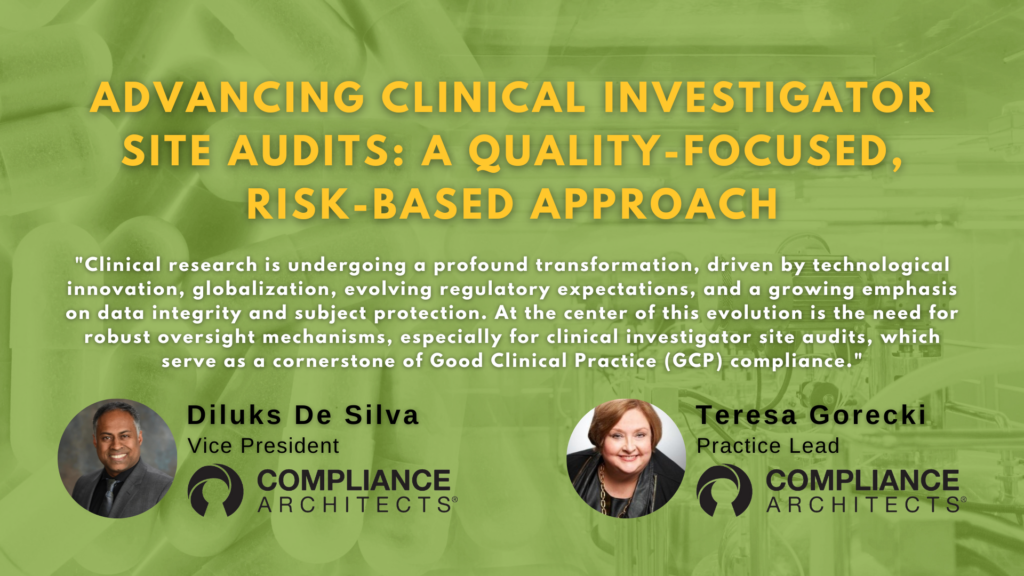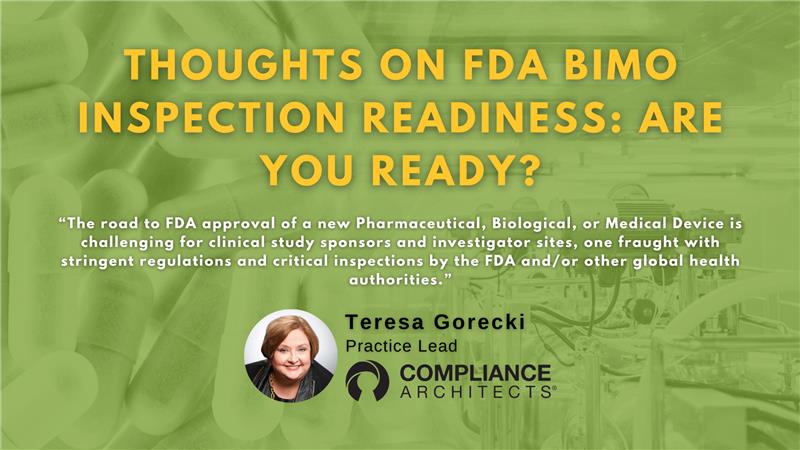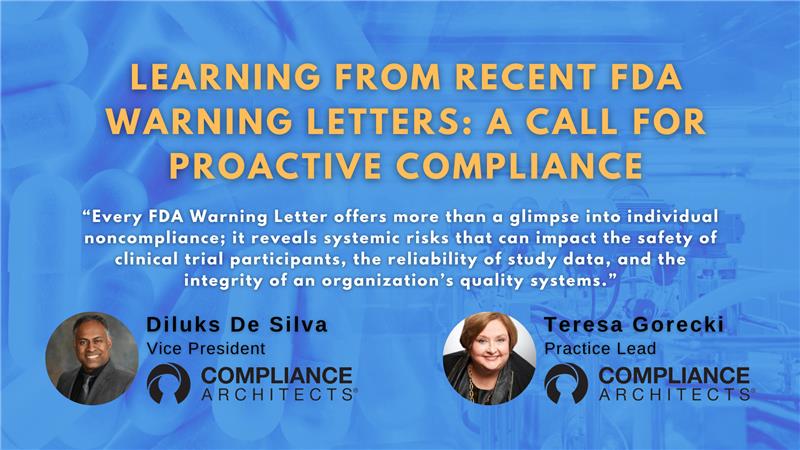A Summary of Quality-Driven Growth as the New Strategy for Life Sciences Leaders
In the highly regulated world of life sciences, encompassing biopharmaceuticals, medical technology (MedTech), and Pharmaceuticals, quality has long been synonymous with compliance. Adhering to frameworks such as FDA 21 CFR Parts 210, 211, and 820 (for medical devices), ICH Q8–Q12, FDA 21 CFR 820, ISO 13485, ISO 14971, and EU MDR remains essential for obtaining market authorization, ensuring patient safety, and maintaining regulatory credibility.
But a quiet revolution is underway. Forward-thinking organizations are reframing quality not as a cost center, but as a strategic growth engine, one that drives innovation, resilience, and global expansion. Read on to learn more about how quality fuels growth in life sciences.
Quality as Investment: Strategic Reframing
In today’s competitive Life Sciences landscape, quality is no longer confined to audits, CAPAs, and documentation. It is a dynamic capability that enlightens clinical development, accelerates approvals, and builds stakeholder trust. Organizations that treat quality as a strategic investment are better positioned to:
- Navigate evolving regulatory models (e.g., FDA’s Quality Management Maturity-QMM, EMA reliance pathways)
- Mitigate risk across global trials and complex supply chains.
- Differentiate in saturated therapeutic markets.
- Proactively managing operational costs and avoiding critical findings.
This shift is especially vital in biopharmaceuticals, where rapid innovation—from mRNA platforms to Radioligand and cell/gene therapies—demands enterprise-wide quality integration across R&D, clinical operations, manufacturing, and pharmacovigilance.
Sector-Specific Value Drivers: How Quality Accelerates Growth
Quality delivers measurable business impact across life sciences sectors:
- Accelerated Regulatory Pathways
Robust quality systems aligned with ICH Q10 and the FDA’s Pharmaceutical Quality System (PQS) enable faster IND, BLA, and NDA approvals. Risk-based approaches (ICH Q9) and traceable design controls reduce regulatory friction and streamline global agency interactions—especially critical for novel combination product platforms.
- Operational Efficiency and Cost Control
Quality-driven process validation (FDA 21 CFR Part 211, EU GMP Annex 15, 21 CFR 820 QMSR, and ISO 13485) minimizes deviations/nonconformances and batch/product lots failures. In biologics and device manufacturing, this translates into optimized yield/output, reduced COGS, and scalable production—essential for high-cost, high-demand therapies.
- Patient Safety and Brand Trust
High-quality systems reduce adverse events, recalls, and reputational risk. They reinforce trust with regulators, providers, payers, and patients, strengthening brand equity and market position.
- Innovation Enablement
Quality frameworks incorporate human factors engineering (as outlined in FDA guidance and ANSI/AAMI/IEC 62366, Medical Devices – Application of Usability Engineering to Medical Devices), real-world evidence, and usability into product design. This ensures that solutions are not only compliant but also clinically meaningful and user-centric.
- Global Market Access
Harmonized quality systems aligned with ISO 13485, ICH, WHO PQ, and regional frameworks (PMDA, MHRA, ANVISA, TGA, Health Canada) empower firms to conduct multi-country trials and launch products globally with confidence.
Leadership Imperatives: Elevating Quality as a Growth Lever
Senior QA leaders are increasingly acting as cultural architects, embedding Quality by Design (QbD), fostering cross-functional collaboration, and aligning quality metrics with business KPIs. Amid talent shortages and regulatory volatility, leadership agility and strategic communication are paramount across the product lifecycle.
To unlock quality’s full potential, executive teams must:
- Allocate resources to quality initiatives that align with business and regulatory strategy.
- Integrate quality KPIs into board-level dashboards and stakeholder communications.
- Empower cross-functional teams to drive continuous improvement and regulatory intelligence.
- Communicate the value of quality through structured, evidence-based narratives tailored for both technical and executive audiences.
When leaders champion quality as a business enabler, it transforms organizational culture, accelerates growth, and enhances resilience.
Translating Quality into Business Value: Tools That Matter
Key frameworks and tools include:
- ISO 14971 and ISO/TR 24971 for risk-based decision-making in MedTech
- ICH Q10 and Q12 for pharmaceutical quality systems and lifecycle management
- FDA’s QMM and Quality Metrics Programs for benchmarking and maturity modeling
- Quality Improvement Plans (QIPs) to address gaps and drive voluntary compliance.
- Digital QMS platforms for real-time monitoring, analytics, and scalability
These tools are most effective when integrated with strategic business plans, persuasive communication, patient narratives, visual storytelling, and structured workshops that engage both technical and executive stakeholders.
Conclusion: Quality as a Strategic Growth Engine
Quality Assurance is evolving—from a reactive compliance function to an initiative-taking business driver. Leaders are no longer asking, “How do we stay compliant?” but “How do we embed quality to accelerate innovation and global growth?”
In life sciences, quality is not a checkbox—it is a competitive differentiator. Organizations that elevate quality from requirement to strategic imperative unlock new levels of performance, trust, and global impact. A great outcome is building a high-performance team when associates align with the pursuit of excellent results in driving the future of healthcare.
In the life sciences sector, quality serves as a key differentiator rather than merely a compliance requirement. When organizations prioritize quality as a strategic objective, they enhance performance, establish trust, and broaden their global influence. High-performance teams are developed when team members share a commitment to achieving outstanding results, thereby advancing the future of healthcare.
By reframing quality as an investment, life sciences companies move beyond regulatory survival to achieve sustainable growth. They deliver safer products, stronger brands, and more resilient operations, achieving not just compliance, but confidence.
Want to talk to us more about how quality fuels growth? Contact us below.





